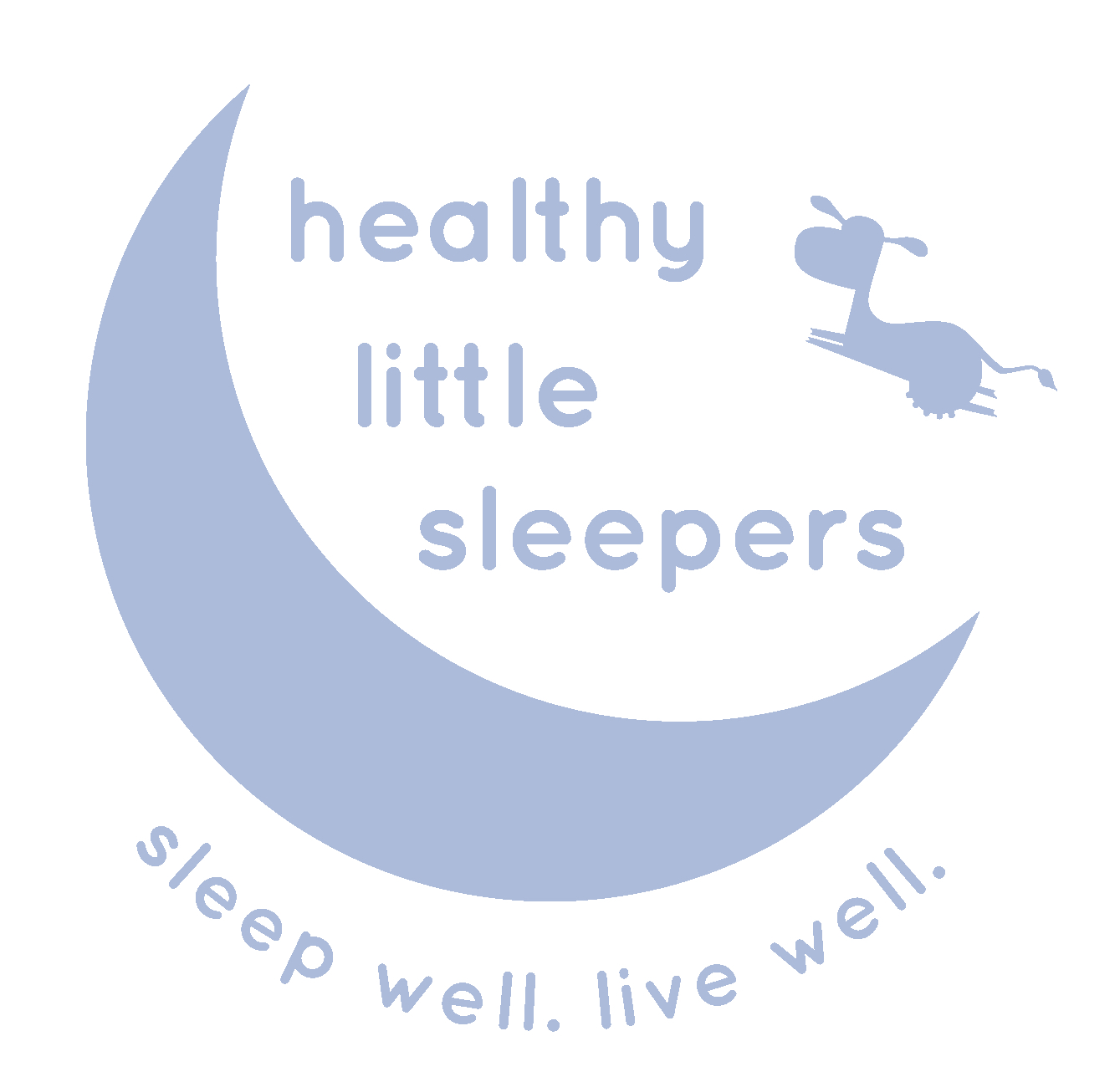How Kids See + Understand the World
... quite literally, in fact.
The truth of the matter is children are SO very literal. When we tell them “stop doing that” or “be nice” … what does that really mean? We often don’t realize we need to spell things out for them.
* * *
stop doing that. . .
Have you ever caught yourself saying “stop doing that,” and your little one keeps doing that thing over and over and over again. It can be quite maddening. The thing is… it’s more likely than not your little one doesn’t know what “that” is (just like what it means to “be nice”).
I can’t tell you the number of times I simply said, “Please stop that” and then came back with “Did you hear me?” or “What did I tell you?”. The challenge is this route can make our little ones feel “not good enough”.
And when this happens, we are setting up the situation so that our littles just can’t get it “right” leading them to walk on egg shells and create anxiety. When we speak in terms they cannot understand, our little ones are unable to respond appropriately. It may seem clear as day to us, but to them, not so much.
It’s so important to understand your little one’s development, so we can foster guidance in helping them “get it right” and feel connected. When our little ones feel disconnected, we are more likely to find them acting defensive rather than cooperative.
I’ve used “Please stop that” so much so that I’d hear my little ones use their words with one another and say “Please stop that” — which is a win that they used words and stopped hitting one another — but no one is also saying what they want the other to stop doing (which seems obvious to the person who wants that “thing” to stop). So the fighting, screaming, and miscommunication continues.
We need to be literal…
* * *
What does that look like?
Our little ones are constantly studying how we react or respond to the world around us. They are looking at every verbal and nonverbal action and looking for ways to make meaning of it.
So, we need to take our communication a step further and describe what we want our little one to do or stop doing for that matter. Write out the script for them.
“Please stop making that loud noise with your foot. It’s is hurting my ears.”
Through the ways we respond to troubling behavior, we teach our little ones acceptable ways to express their own anger. So, before we react in our own frustration for their not listening (easier said than done, I know), could we possibly not be fully connected and communicating our needs to them?
When we start to tune in just a little more to our own behaviors and choose to change the way we handle situations, your little one will to. And, eventually, instead of those screaming fights in the back seat that turn into tears for one of them, you will hear your little one say, “Please stop grabbing my arm. I don’t like when you do that. It hurts me.” It will happen… and you will have taught your little one to respond this way.
* * *
ON “being Nice”. . .
Likewise, when we tell our little ones to “be nice” to a friend, the concept is obvious to us. But to them, it’s not necessarily the case. We want to show them the way. What does that look like? Instead of telling them to “be nice”… Do a little role play of what “being nice” looks like. If you’re having a playdate over, role play some ideas of what to do when “Sam” comes over.
Greeting at the door…. “I can’t wait for Sam to come over and greet her at the door.”
Show her your room… “Are you looking forward to showing Sam your room? What are you going to show her first?”
Playing together… “What do you think Sam likes to play? It’ll be fun to find out.”
Snack time… “I wonder what kind of snacks Sam likes? Let’s ask her.”
When we model behaviors, our littles will soon follow.
* * *
ONE LAST THING…
If you need a little extra guidance in figuring out how to help your little one in those tough moments, I’ve got ya! Go here to schedule a FREE 15-minute call with me, and we can chat about it! Better yet, join my Healthy Little Village where you can ask questions, read more about behavior, and connect with me live every month!
* * *
OH, ONE MORE THING!
Every other week I share my newsletter — The Healthy Little Note — where you can get this directly in your in box plus other great curated content to help you and your little can get the most out of their first 5 years of life.
If you have little ones, I’m sure you’ll love it!
You can check out the most recent issue here.
Or, SUBSCRIBE below:
——————————————————-
Susie Menkes, PhD is a Certified Pediatric Sleep Consultant + Child Behavior Specialist and is dedicated to helping families get their little ones to be healthy little sleepers. She serves on the Medical Board for What’s Up Moms (the #1 Parenting You Tube Channel) and has a sleep talk series at Beverly Hills Pediatrics and Hatch Collection in Brentwood among others. As a mom of two, she knows and understands what you are going through and is here to support, educate, and guide you on all matters related to sleep... and more!



